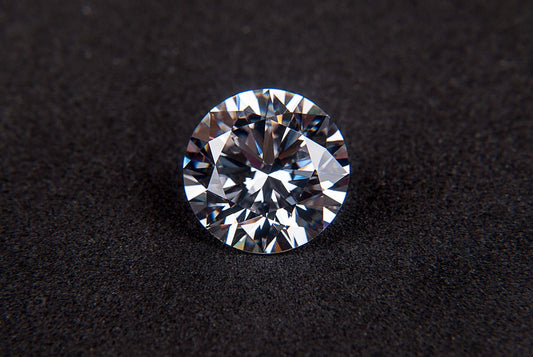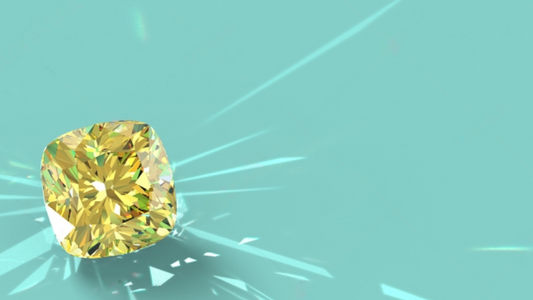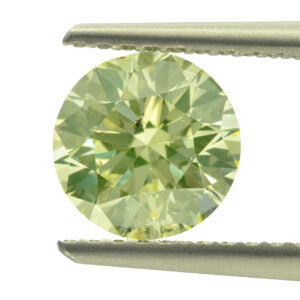
Resizing an engagement ring is a far from unusual occurrence. Because it might be difficult to guess someone's exact ring size, people frequently need to resize their engagement ring immediately if their significant other surprises them with a proposal and hasn't managed to get the sizing quite right. An engagement ring may also need to be resized years after it was first presented if the wearer's fingers change in size, which is more than possible.
But how hard is it to resize a diamond engagement ring, and will trying to do so damage it? These and other related questions are what we are going to take a closer look at here.
How Should a Diamond Engagement Ring Fit?
A diamond engagement ring should be snug, but not uncomfortable, on your ring finger. You want to have to tug a little to remove a ring, but not so much that it's unpleasant or difficult to wear. It's important to note that your ring shouldn't be slack enough to fall off on its own without any pulling or effort. This is an indication that your diamond engagement ring size is too big.
What is the Best Way to Measure for a Diamond Engagement Ring?
The surest bet to determine your ring size is to have a skilled jeweler use a metal ring sizer to obtain your measurements. This will give you the most precise results.
Using a metal or hard plastic ring sizer on yourself is another fairly accurate approach to determine your ring size. You can also determine your ring size by measuring the inner diameter of a ring that fits you well on your left hand's ring finger, then utilizing a ring size chart to determine its size.
While many websites recommend measuring your finger size with string or a paper printout to determine your ring size, we do not recommend this method. When string is pulled taut, it can stretch, and paper ring sizers can be printed at an incorrect scale. While these ring measuring methods can give you an idea of your approximate ring size, they allow a lot of room for error, therefore we don't recommend them.

Stunning diamond jewelry set
How is an Engagement Ring Resized?
A jeweler will cut out a little bit of the ring's band to make it smaller, then solder the ring back together smoothly. A jeweler will normally make a cut at the bottom of the ring's band, then add a small, precisely sized piece of metal to make the ring larger.
A jeweler may occasionally stretch a ring to make it larger. Rings with no gemstones are ideally suited to the stretching process. It's also recommended for minor size alterations, as stretching a ring to significantly increase its ring size will sometimes distort its shape.
Can All Diamond Engagement Rings Be Resized?
Many diamond rings can be resized, however due to their design or materials, some cannot.
Due to their design, rings with diamonds or gemstones set across the entire ring cannot normally be adjusted. They typically don't have enough exposed metal to work with for a jeweler. Additionally, attempting to resize such a ring can cause issues with stone placement and size.
A tension set band is another ring style that can't generally be resized. To keep the pressure needed to hold diamonds or gemstones in place, these rings require precise proportions. If a tension set ring did not fit, it would almost certainly need to be completely remade.
Some engagement rings can't be resized because of the precious metal used as their setting. For example, because rose gold is prone to cracking, resizing a rose gold ring may be impossible without causing damage.

Diamond jewelry set
What Can Be Done If a Diamond Engagement Ring Cannot Be Resized?
The simplest solution if a diamond ring cannot be resized is to make use of a ring guard. Some people choose to make use of an inexpensive clear plastic ring guard that slots over the band and is hidden, for the most part, at the back of the finger.
A more stylish, and more secure, solution is to make use of a ring enhancing guard, which is crafted from the same precious metal as the engagement ring itself. It is fitted in much the same way as its plastic counterparts, but is less obtrusive and noticeable when the wearer's hand is viewed up close.








